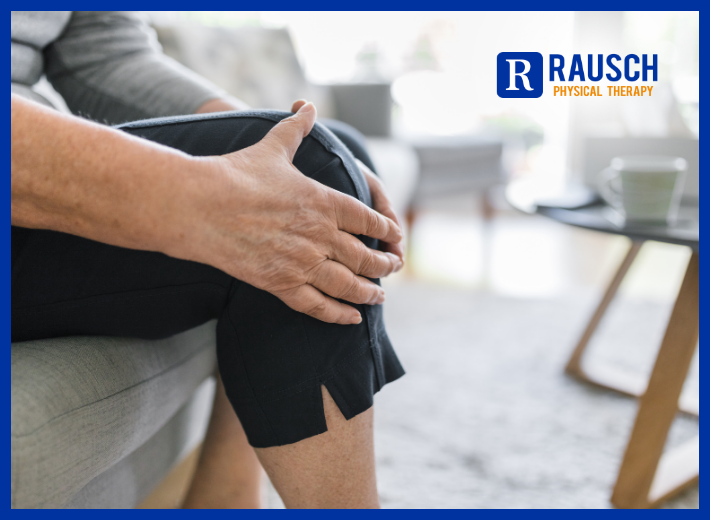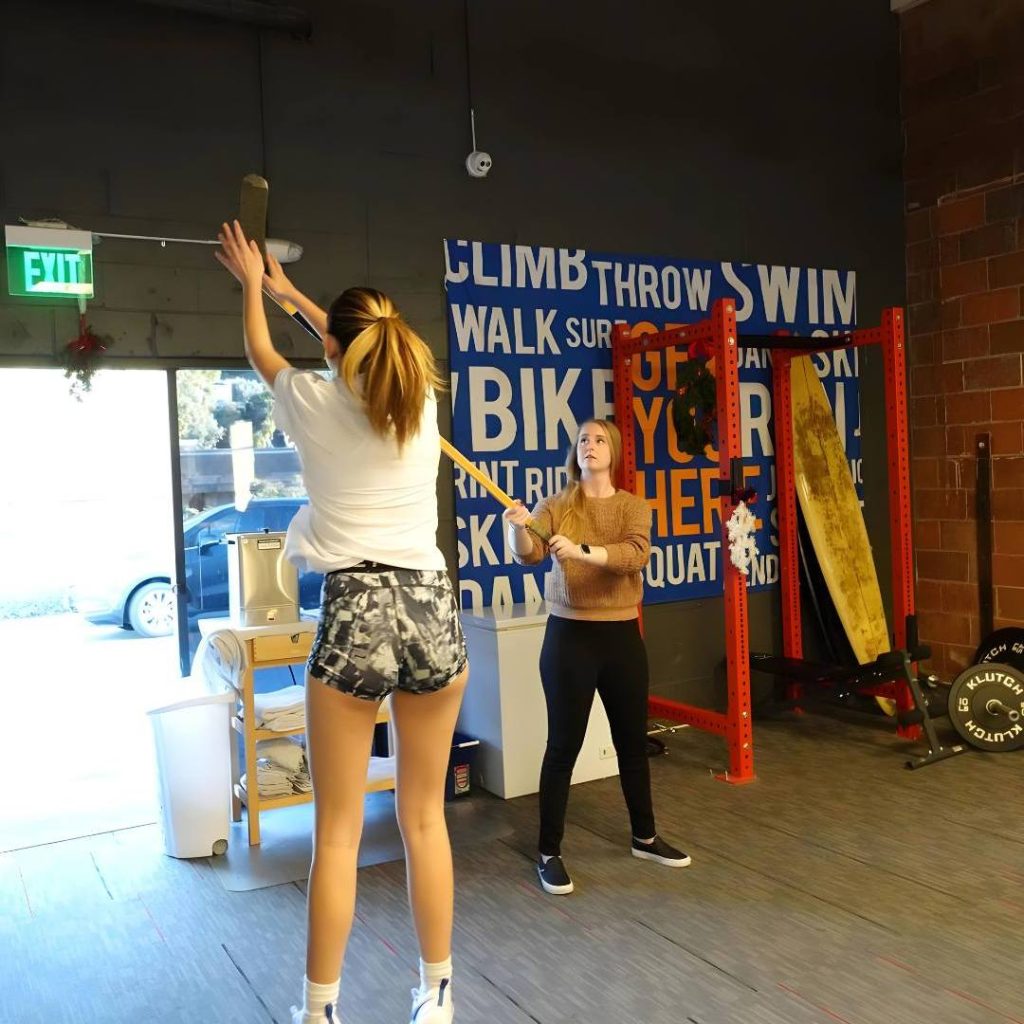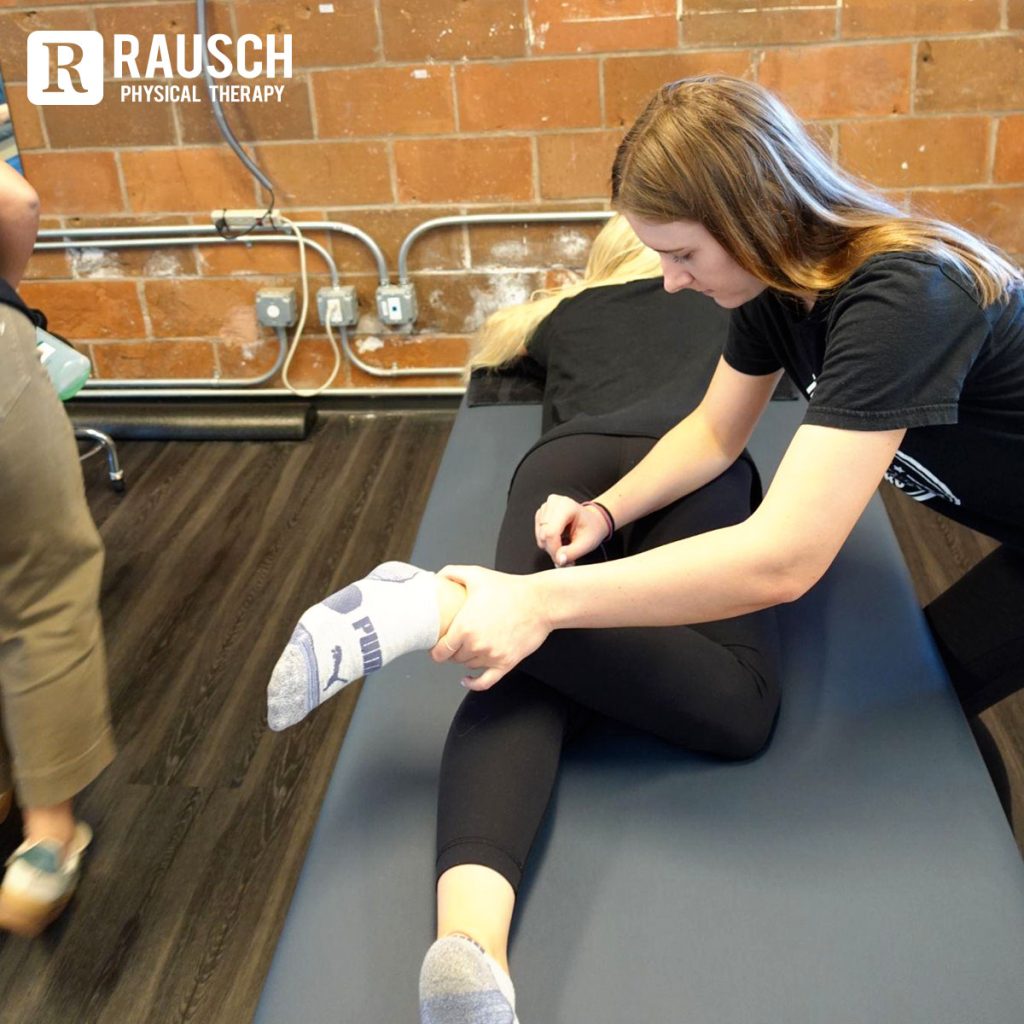When it comes to sports, staying healthy is just as important as playing hard. A serious injury can knock you out of the game for weeks—or even months—whether you’re a,
Physical Therapy for Stronger Knees
October 1, 2024 6:00 am / Category: Laguna Niguel

Knee pain can be debilitating, hindering your daily activities and overall quality of life. Physical therapy offers a comprehensive approach to address knee issues, from mild discomfort to chronic conditions. Physical therapists can help you regain strength, flexibility, and mobility through targeted exercises, hands-on techniques, and expert guidance. Here we explain to you how. Questions? Come on in and see us — we’re a knowledgeable and fun group to work with — and did you know we have StretchFix and RxMassage to support your healing and mobility?
Did you hurt your knee or have surgery? Or is it achy and stiff because of arthritis? Either way, you might feel like the last thing you should do is get on your feet and move your joint around. But often physical therapy (PT) is what your doctor suggests to get your strength back and put you on the road to recovery.
PT, or rehab as some people call it, can ease your muscle and joint pain. You’ll work with a physical therapist, a licensed professional who uses a variety of methods to help strengthen your muscles and make your body feel and move better.
Some things you might need are:
- Stretches and exercises
- Ice and heat
- Ultrasound massage
- Electrical nerve or muscle stimulation
When you get physical therapy depends on the cause of your pain. Sometimes it’s all you need for treatment. You might not need surgery.
What Happens at the First Session?
You’ll work one on one with your physical therapist to come up with your treatment plan. They’ll discuss ways to rebuild the strength and movement in your leg and knee, so you can feel better and go back to doing the things you love to do.
At your first visit, your therapist will look at your leg and see how well your knee bends, straightens, and moves. They’ll also see if:
- It’s hard for you to balance
- You have pain in your knee
- It hurts when you move your lower leg back and forth
- It’s hard to stand on one leg
- You have weak muscles in the front and back of your thigh, which support the knee
To figure out your trouble spots, they may ask you to hop on one leg or take a short walk on a treadmill. They may recommend you use crutches, a walker, or wear special shoes to prevent falls at home while you recover.
After the First Visit

Strength training exercises are a key part of the PT workout. For instance, you may need to do some of these moves:
- Hamstring curls
- Single leg dips
- Step-ups
- Straight leg lifts
- Wall squats
- Balancing exercises
You usually start with just a few at a time and then do more as you get stronger. You may need to add weights to make your muscles work harder.
Tell your therapist if something hurts. You might have a little discomfort, but stop if you feel a lot of pain.

Reference:[https://www.webmd.com/pain-management/knee-pain/rehab-strengthen-knees]





